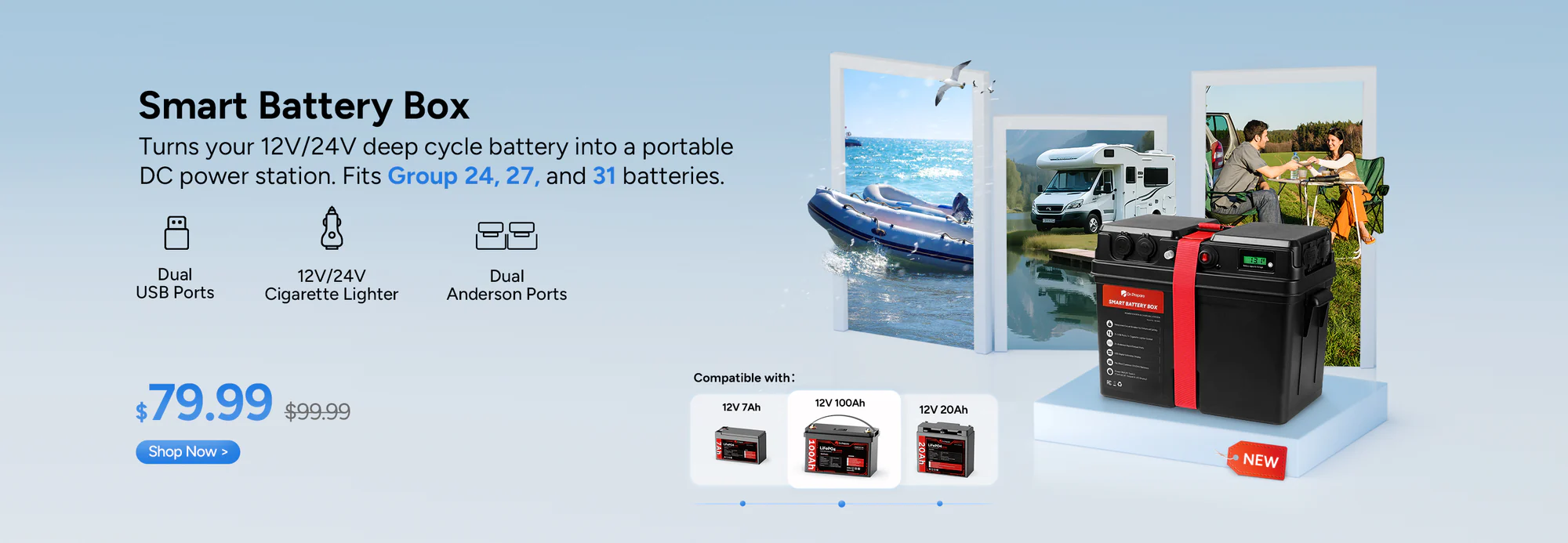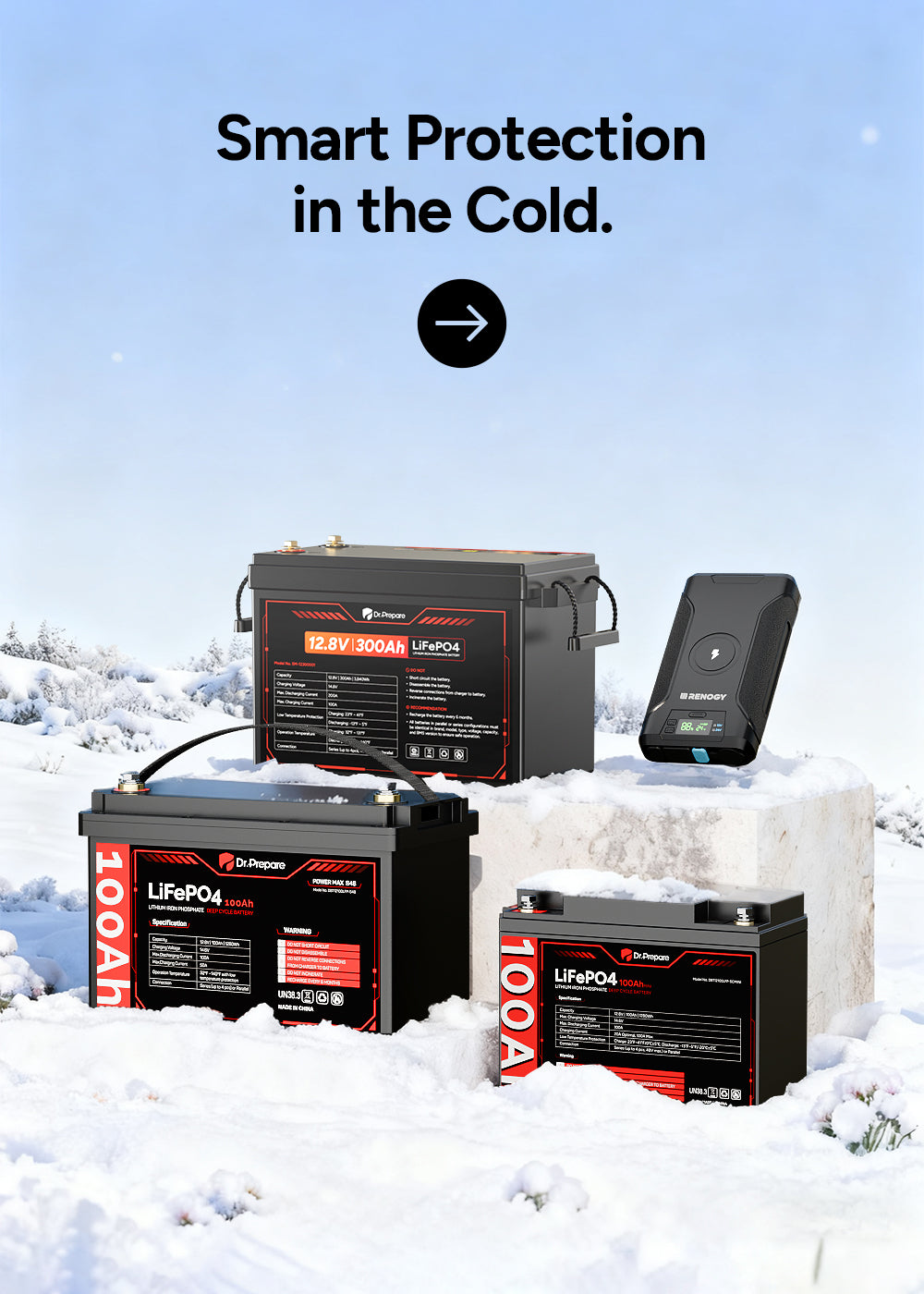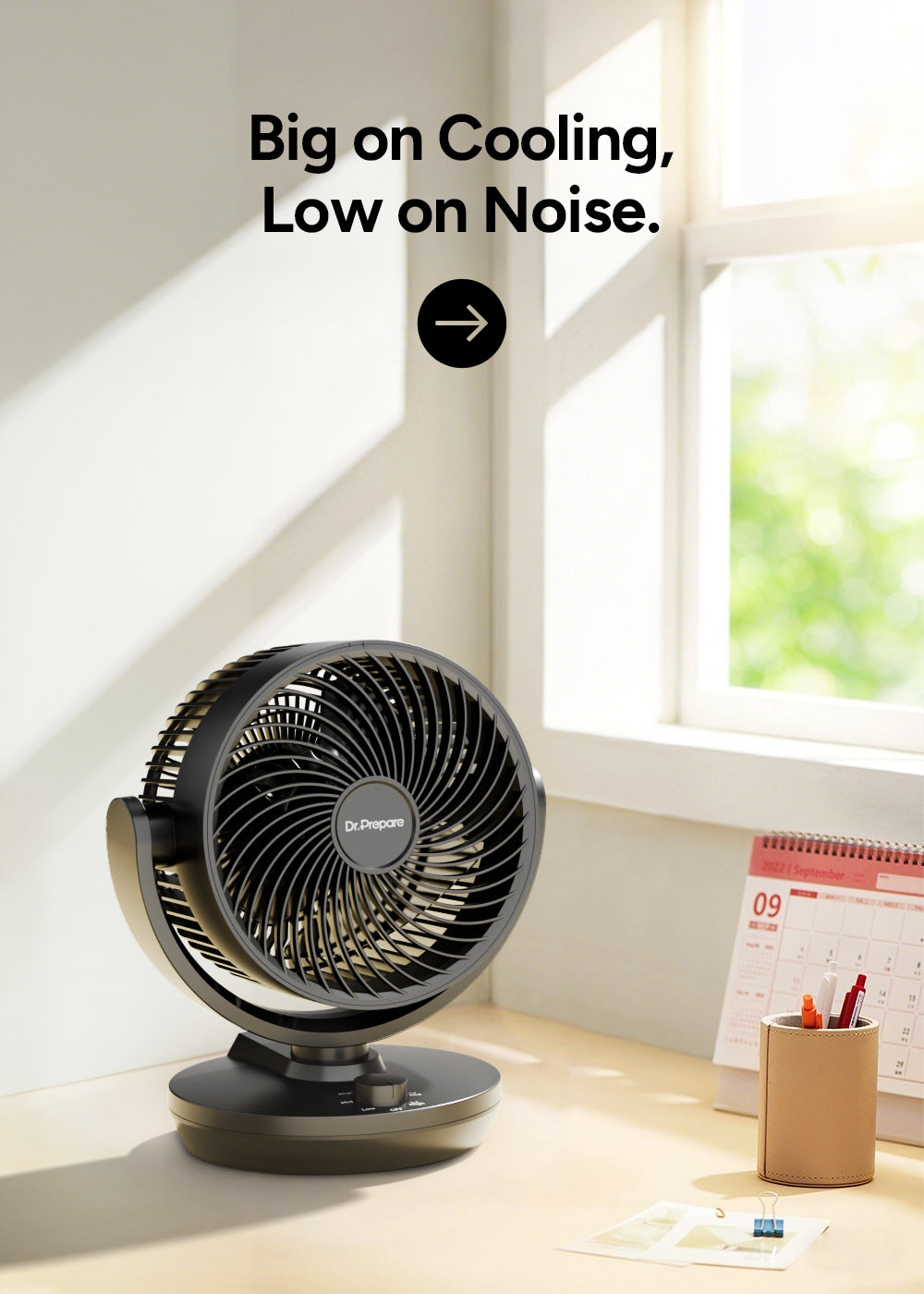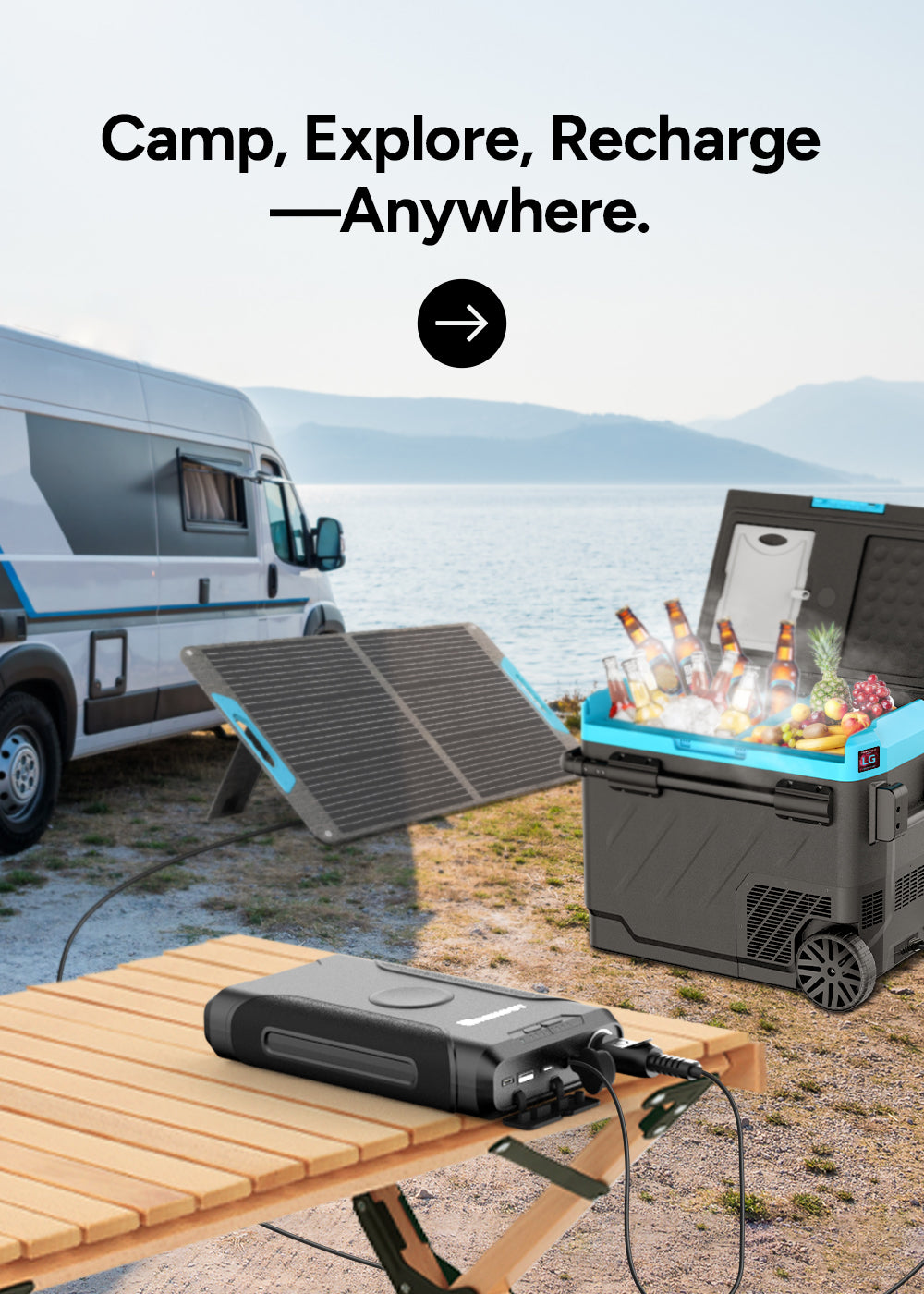Table of Contents
- Trolling Motor Batteries vs. Starting Batteries: What’s the Difference?
- How to Choose the Right Lithium Battery System for Your Trolling Motor
- Why You Need a Circuit Breaker in Your Trolling Motor Setup
- Why LiFePO4 Is Better Than SLA for Trolling Motor Applications
- Essential Charging Tips for LiFePO4 Trolling Motor Batteries
- Power Your Adventures with Confidence
When the temperature rises and the waters warm, it’s prime time for fishing.
But before you cast off, there’s one key question to ask: What battery setup will keep your boat running smoothly all day long?
Whether you’re firing up the engine, quietly cruising with your trolling motor, or powering a full suite of onboard electronics, the right battery makes all the difference. You might be wondering:
• What type of battery should I use?
• How many batteries does my trolling motor need?
• What’s the ideal system voltage?
• How do I safely handle high-power devices?
In this guide, we’ll break down the essentials of trolling motor power systems, help you avoid common mistakes, and show you how to build a reliable setup that lasts — so you can focus on what matters: catching fish, not battery issues.
Trolling Motor Batteries vs. Starting Batteries: What’s the Difference?
Not all marine batteries are created equal — and using the wrong one can leave you stranded or underpowered.
Trolling motor batteries are deep cycle batteries built to deliver a steady, continuous flow of power over long periods. They’re ideal for keeping your trolling motor running smoothly during hours of fishing, and they can also support onboard electronics like fish finders, navigation systems, and lights.
Starting batteries (also called cranking batteries) are designed for short bursts of high current — just enough to start your boat’s engine. Once the engine is running, the alternator takes over and recharges the battery while powering other systems.
Quick comparison:
| Feature | Trolling Motor Battery | Starting Battery |
| Purpose | Power trolling motor & onboard devices | Start the boat engine |
| Current Output | Steady, long-duration | Short burst, high peak |
| Design | Deep cycle | High cranking amps (CCA) |
| Recharge Cycle | Designed for frequent deep discharges | Typically kept near full charge |
Using the wrong battery can lead to weak performance or early failure. That’s why it’s best to use dedicated batteries for each job:
• A starting battery for cranking the engine
• A deep cycle battery for running your trolling motor and electronics
While dual-purpose marine batteries exist and can handle both tasks to some extent, they’re best suited for smaller boats or occasional users.
For serious anglers or extended outings, a dedicated deep cycle battery—especially a LiFePO4 lithium battery—is your best bet. It delivers long-lasting, stable power and handles deep discharges far better than traditional options, helping you stay on the water longer with fewer worries.

How to Choose the Right Lithium Battery System for Your Trolling Motor
Choosing the right lithium battery system for your trolling motor can feel confusing at first — especially when it comes to matching voltages, capacities, and how many batteries you actually need. The key factors to consider are the rated voltage of your trolling motor and the thrust rating (measured in pounds/lbs).
Let’s break everything down with helpful charts and explanations so you can confidently pick the right setup.
1. Basic Concepts
Before diving into configurations, here are a few key terms:
| Term | Meaning |
| Trolling Motor | The electric propulsion unit mounted on your boat |
| Trolling Thrust (lbs) | The motor’s pushing force; more lbs = more power |
| Motor System Voltage | The voltage your trolling motor is designed to operate on (usually 12V, 24V, or 36V) |
| Lithium Battery Spec | A common battery spec is 12.8V 100Ah, which equals 1,280Wh of energy |
2. Thrust vs. Voltage – What’s the Relationship?
In general, the higher the thrust, the higher the voltage your system will require. Here’s a simplified chart to help you align thrust level with the proper system voltage and battery configuration:
| Thrust (lbs) | Recommended Voltage | Battery Setup Suggestion |
| 30–45 lbs | 12V | 1 × 12V 100Ah (or more for longer runtime) |
| 55–62 lbs | 12V (high draw) | 1–2 × 12V 100Ah in parallel |
| 70–86 lbs | 24V | 2 × 12V 100Ah in series |
| 100–112 lbs | 36V | 3 × 12V 100Ah in series |
3. Series vs. Parallel: What’s the Difference?
Depending on whether you need more voltage or more runtime, you’ll wire your batteries differently:
| Wiring Type | Series (S) | Parallel (P) |
| Resulting Voltage |
Voltage adds up |
Voltage stays the same |
| Resulting Capacity | Capacity stays the same | Capacity adds up |
| Use When You Need |
Higher system voltage (24V or 36V motors) |
Longer runtime (more amp-hours) |
Important note: Always use identical batteries (same brand, type, model, and age) when wiring in series or parallel to avoid imbalance and performance issues.
4. Example Setups: Trolling Motor + Battery Pairing
Let’s walk through some real-world use cases.
Example 1: 55 lbs Thrust (12V Motor)
• Minimum: 1 × 12V 100Ah lithium battery
• Extended runtime: 2 × 12V 100Ah in parallel (12V 200Ah)
Example 2: 86 lbs Thrust (Typically 24V Motor)
• Standard: 2 × 12V 100Ah in series = 24V 100Ah
• Longer trips: 4 × 12V 100Ah in 2S2P = 24V 200Ah
5. Summary Chart
| Thrust Level | Motor Voltage | Minimum Battery Setup | Enhanced Runtime Setup |
| ≤ 55 lbs |
12V |
1 × 12V 100Ah | 2 × 12V 100Ah (parallel = 12V 200Ah) |
| 62–86 lbs | 24V | 2 × 12V 100Ah (series = 24V 100Ah) | 4 × 12V 100Ah (2S2P = 24V 200Ah) |
| ≥ 100 lbs |
36V |
3 × 12V 100Ah (series = 36V 100Ah) | 6 × 12V 100Ah (3S2P = 36V 200Ah) |
6. How to Know Your Trolling Motor Voltage?
• Check the motor label, user manual, or manufacturer’s product page.
• Most brands (like Minn Kota or Newport) clearly list the system voltage.

Why You Need a Circuit Breaker in Your Trolling Motor Setup
When wiring your lithium battery system to a trolling motor, always include a Circuit Breaker between the battery and the motor. This is a crucial safety component that protects your entire system from short circuits, overload conditions, or accidental damage during operation.
CAUTION: An over-current protection device (circuit breaker or fuse) must be used. Coast Guard requirements dictate that each ungrounded current-carrying conductor must be protected by a manually reset, trip-free circuit breaker or fuse. The type (voltage and current rating) of the fuse or circuit breaker must be sized accordingly to the trolling motor used.
1. Why Use a Circuit Breaker?
• Prevents fires caused by wiring faults or motor jams
• Cuts off power instantly when current exceeds safe levels
• Protects both the motor and battery investment
2. What Size Circuit Breaker Do I Need?
The breaker size depends on the voltage and max current draw of your trolling motor. As a general guide:
| Motor Voltage | Recommended Breaker Rating |
| 12V | 50-60A |
| 24V | 50-60A |
| 36V | 50-60A (may vary by motor) |
Always check your motor manufacturer’s specifications for the recommended breaker size.
3. Where to Install It?
• Place the circuit breaker as close to the battery as possible (within 6–12 inches)
• Mount it in-line on the positive wire between the battery and the trolling motor
Why LiFePO4 Is Better Than SLA for Trolling Motor Applications
When powering a trolling motor, the type of battery you choose makes a huge difference in performance, runtime, and long-term cost. While SLA (Sealed Lead Acid) batteries have been the traditional choice, LiFePO4 (Lithium Iron Phosphate) batteries are now the preferred option for most boaters — and here’s why:
1. Longer Lifespan
• LiFePO4: 3,000–5,000 cycles (80% depth of discharge)
• SLA: 300–500 cycles
A lithium battery can last 10× longer, saving you from frequent replacements.
2. Much Lighter Weight
• LiFePO4: Around 50–70% lighter than SLA at the same capacity
For example, Dr.Prepare 12V 100Ah LiFePO4 weighs 22 lbs, compared to 60–70 lbs for a similar SLA.
Perfect for small boats, kayaks, or any setup where every pound matters.
3. Constant Power Output
• LiFePO4 delivers steady voltage from full to almost empty
• SLA voltage drops as the battery discharges, leading to slower motor speeds over time
4. More Usable Capacity
• LiFePO4 allows you to safely use up to 100% of rated capacity
• SLA should only be discharged to 50% to avoid damage
A 100Ah lithium battery gives you nearly twice the usable runtime of a 100Ah SLA.
5. Fast Charging & Higher Efficiency
• LiFePO4 batteries charge up to 4x faster than SLA
• Higher energy conversion efficiency = less energy wasted
6. Built-in BMS (Battery Management System)
• Protects against overcharge, over-discharge, overcurrent, and short circuit
• Some BMS units also include low-temp protection, which is ideal for cold-weather boating
7. Eco-Friendly & Maintenance-Free
• No acid, no fumes, no corrosion
• Can be safely stored indoors, even in tight marine compartments
Summary: LiFePO4 vs. SLA for Trolling Motors
| Feature | LiFePO4 | SLA |
| Cycle Life |
3,000–5,000+ |
300–500 |
| Weight | 20~30 lbs (single 12V 100Ah) | 60~70 lbs |
| Usable Capacity | 100% | ~50% |
| Power Delivery | Stable voltage | Drops as battery drains |
| Charging Time | Fast | Slow |
| Safety & Protection | Built-in BMS | Often lacks built-in safety |
| Long-Term Cost | Lower (despite higher upfront) | Higher (frequent replacements) |
Essential Charging Tips for LiFePO4 Trolling Motor Batteries
To get the best performance and longest life out of your lithium battery, proper charging is just as important as choosing the right battery. Here are key tips to help you charge safely and efficiently:
1. Use a LiFePO4-Compatible Charger
Always use a charger specifically designed for LiFePO4 batteries — it should match the voltage and charging profile required by your battery.
• For 12V batteries: Use a charger with a 14.4V–14.6V charge voltage
• For 24V batteries: Use a 28.8V–29.2V charger
• For 36V systems: Look for 43.2V–43.8V chargers
Important Note: SLA/AGM chargers may not fully charge or may damage your lithium battery.
2. Choose the Right Charging Current (Amps)
As a general rule of thumb, charging current should be 0.2C to 0.5C, where C = battery capacity.
• For a 100Ah battery:
• Minimum recommended: 20A
• Fast charging: 50A max (if BMS allows)
Lower current = slower but gentler charge
Higher current = faster, but make sure your BMS supports it
3. Don’t Undercharge or Overcharge
Avoid chargers with voltages below 14.0V or above 14.8V for a 12V battery.
• Too low: battery won’t fully charge
• Too high: may trigger BMS protection or degrade cells over time
4. Avoid Charging Below Freezing (0°C / 32°F)
Unless your battery has a low-temp charging protection or self-heating feature, do not charge in freezing conditions — it can permanently damage the cells.
5. Disconnect Charger After Full Charge
LiFePO4 batteries do not need to be “floated” like SLA batteries. Once fully charged, it’s safe (and recommended) to disconnect the charger.
Pro Tip:
If you’re using solar panels or DC-DC chargers, make sure their charging profiles are set to match LiFePO4 specs. Some units allow custom voltage settings — always double-check the values.
Power Your Adventures with Confidence
Choosing the right battery system for your trolling motor doesn’t have to be complicated — once you understand the relationship between thrust, voltage, battery configuration, and charging, you’re well on your way to a reliable and efficient setup on the water.
By upgrading to a LiFePO4 battery system, you’re not only gaining more usable power and faster charging, but also extending your battery’s lifespan and boosting overall safety and performance.
Check out our full lineup of LiFePO4 batteries here>>
12V 100Ah LiFePO4 Battery with LED Display
2-in-1, 1280Wh DC Portable Power Station & 12V 100Ah LiFePO4 Battery
Portable Power Station product line
14.6V AC-to-DC LiFePO4 Battery Chargers
Whether you’re a weekend fisherman or a full-time boater, we’ve got the power solutions to keep you moving.
For any inquiries or concerns regarding Dr.Prepare LiFePO4 Battery, our dedicated support team is available at support@drprepare.com . Feel free to reach out for assistance.













